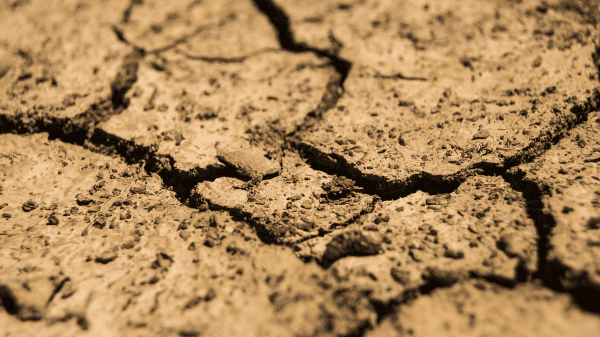Responding to criticisms that he allowed too much of January’s torrential rainfall to flow into the ocean, California governor Gavin Newsom signed an executive order on February 13 that will allow state authorities to hold more water in reservoirs for use by agricultural and urban water providers. GSS_9534-1E-20230213121429 (ca.gov)
The key paragraph: “The Water Board shall consider modifying requirements for reservoir releases or diversion limitations in Central Valley Project or State Water Project facilities to: (i) conserve water upstream later in the year in order to protect cold water pools for salmon and steelhead, (ii) enhance instream conditions for fish and wildlife, (iii) improve water quality, (iv) protect carry-over storage, (v) ensure minimum health and safety water supplies, or (vi) provide opportunities to maintain or to expand water supplies north and south of the Delta.”


This passage does not give a very clear idea of the picture. If you read it without knowing anything else about the matter, you would conclude that the governor is giving top priority to “salmon and steelhead” and “fish and wildlife.”
Yet fish interests have responded to the order with rage.
“Newsom is stepping in to kill our salmon runs, as well as other wildlife that were hoping to catch a break,” said John McManus, president of the Gold State Salmon Association (GSSA). Newsom waives environmental laws to store more water- CalMatters
California fish interests, by the way, include commercial fishers, environmental advocates, Indian tribes, and sport fishermen. For a breakdown, see the GSSA home page: https://goldenstatesalmon.org/
The state’s water priorities have not really changed. They still consist of a delicate balance between the demands of the urban population, riparian environmental quality (especially in the Sacramento-San Joaquin Delta, the principal battleground in this decades-old struggle), and agriculture, particularly in the San Joaquin Valley, the heart of the state’s (and the nation’s) fruit and vegetable supply. Not to mention various other regional interests.
Environmentalists and fish interests want more water to flow out to the ocean through the Delta to sustain populations of fish and other wildlife.
Agriculture wants more water stored for its use later in the season. Rainfall in most parts of California is between low and nonexistent between April and October. Hence the state’s agricultural bounty—including fresh fruits and vegetables—depends heavily on irrigation, which in turn depends on the great state and federal projects that transfer water from areas that get more precipitation (notably the Sierra Nevada mountain chain in the east of the state).
Newsom’s order does not change priorities, but it does give more leeway for conserving water for agricultural and other uses (and of course less for releasing to preserve fragile ecosystems). It “provides flexibility to manage across all these beneficial uses . . . whether that’s protecting water supply or the environment,” said Jennifer Pierre, general manager of the State Water Contractors.
“When you’re working with an unknown future, you need to make sure that you’re protecting as best you can your ability to keep your options open through the course of the year,” she said, adding that 2023 “could be a fourth year of drought.”
At present, the state is in a condition of the “fast winter start.” It remains to be seen whether the fast winter start will be followed by unusually dry conditions, which occurred in both 2020-21 and 2021-22. And practically everyone agrees that however much precipitation falls for the rest of this season, the region’s longstanding drought will not be over in one year.



